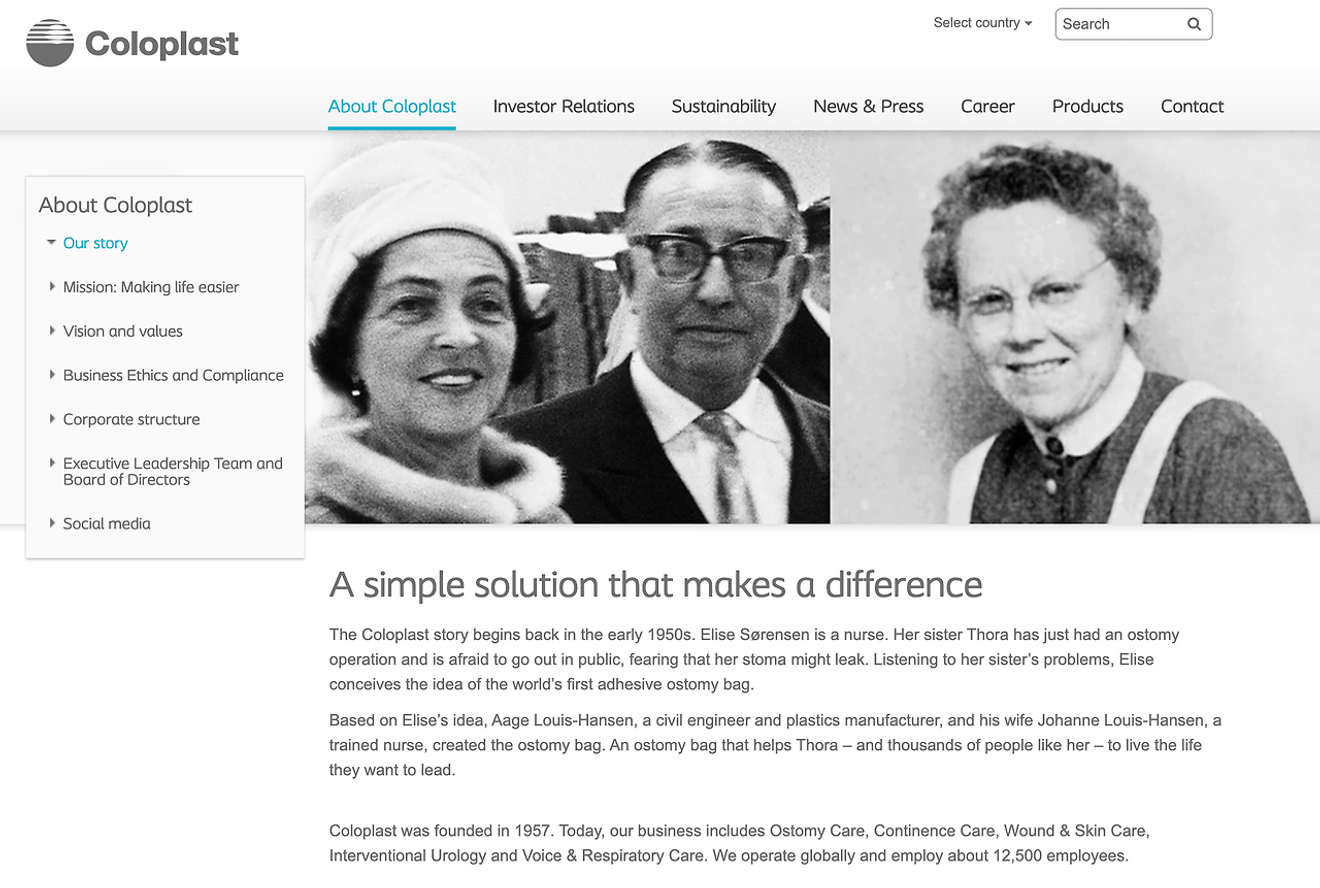Launched in 2020 and topping the App Store charts, the French photo-sharing app BeReal has been praised as an antidote to the fabricated images found on existing social media platforms. Users share dual images captured through front and rear cameras, offering unfiltered snapshots of specific moments and reactions. Their promotional slogan, 'If you want to be an influencer, stay on TikTok and Instagram,' suggests a spontaneous and informal 'authenticity.' However, it remains questionable whether this strategy can sustain its success over the long term.
Every time a new product or service is released, companies tempt us with a packaged version of authenticity.
This attempt to build a uniform concept of trustworthiness into product and service planning from the outset can be effective in the early stages of expansion, contrasting with existing big players in the market. However, ultimately, commercial objectives prevail and shape its direction. Of course, people crave authenticity. They want to eat real food, visit authentic places, be their true selves, and anticipate genuine interactions. But authenticity is a vague concept. What one person considers authentic may appear false to another, and it tends to shift based on societal preferences.
Therefore, the question that companies need to ask themselves in the future is not how to leverage their own vaguely defined concept of authenticity as a selling point, but rather how to build sustainable authenticity.

The Danish medical technology company Coloplast was founded in 1954 when a nurse named Ellis Sørensen witnessed her sister's recovery from a stoma operation, which is commonly performed on patients with stomach or colon cancer. The surgery saved her sister's life, but the stoma bag for waste disposal made her sister so afraid of leakage that she didn't even want to go outside. To help her sister, Sørensen devised a secure stoma bag with an adhesive ring, and thus, the world's most patient-centric healthcare company was born.
However, in 2008, the company's core stoma care business was stagnant. The reason was found in the fundamental assumptions the management team had held for decades, which had successfully driven the company's growth. It was the assumption that the focus should be on improving each individual feature of the stoma bag, meaning that creating a single perfect product was the authentic approach to addressing market and customer needs.But in reality, patients had different body shapes. Recognizing and acknowledging this, Coloplast launched the Bodyfit product line, which categorized three major body types based on 'physical fit.' This led to a revolutionary transformation in the company's product portfolio restructuring, and achieved both innovative change and commercial success.
Authenticity can be a compelling criterion in product and service planning. However, it necessitates acknowledging and accepting the existence of private spheres for both corporate executives and consumers. For entrepreneurs, products serve as a means to achieve personal goals. For consumers, products are primarily tools for maintaining and strengthening relationships with others, including themselves, within society. Both sides are invited into each other's homes, but they realize that there are rooms that should not be opened. In many cases, companies invest billions of won in R&D to gain insight into this deeply private space of consumers, but their own executives rarely examine their own personal rooms. This creates an irony where the goal of authenticity towards consumers ultimately remains confined to the product itself.
An entrepreneur preparing to launch a new approach to sports agency was also about to get married. Based on his experience playing overseas and his own insights into the limitations of domestic agencies and his own potential, he felt confident. When I advised him, my suggestion was to ‘design the players' lives beyond retirement.' The industry typically targets athletes in their prime, from the age of 17 to their mid-30s. However, athletes often fear their lives after retirement, which comes significantly earlier compared to other professions. This is a common finding in research papers on domestic and European league players, and it's reflected in the fact that European banks limit mortgage loans for professional football players to the age of 35. Retirement is a sudden reality for athletes, but the industry largely overlooks it, leaving it for the government or public institutions to address belatedly. If you view professional athletes as commodities, the planning stage becomes simpler but competition intensifies. On the other hand, if you see athletes as adults who need support beyond retirement, it may require a more unconventional planning phase, but it opens up the opportunity to build a more competitive value system.
If you were that entrepreneur, what choices would you make? Integrating holistic authenticity into product or service planning can be a complex and challenging goal. However, if you can establish a starting point by grounding yourself in the realities of the consumers you're trying to persuade and honestly examine your own company's intentions, you can identify opportunities to achieve sustainable authenticity. At the very least, you can ensure you're not falling prey to the very authenticity you're claiming.
*This article is the original content published in the Electronic Times named columnon June 27, 2023.
References
Comments0